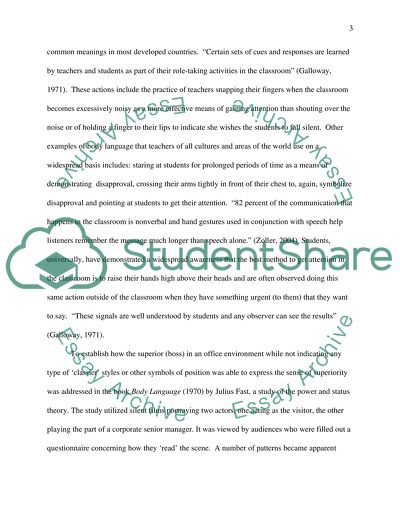Cite this document
(“Sociological Perspective of Body Language Research Paper”, n.d.)
Sociological Perspective of Body Language Research Paper. Retrieved from https://studentshare.org/education/1409659-sociological-perspective-of-body-language
Sociological Perspective of Body Language Research Paper. Retrieved from https://studentshare.org/education/1409659-sociological-perspective-of-body-language
(Sociological Perspective of Body Language Research Paper)
Sociological Perspective of Body Language Research Paper. https://studentshare.org/education/1409659-sociological-perspective-of-body-language.
Sociological Perspective of Body Language Research Paper. https://studentshare.org/education/1409659-sociological-perspective-of-body-language.
“Sociological Perspective of Body Language Research Paper”, n.d. https://studentshare.org/education/1409659-sociological-perspective-of-body-language.


